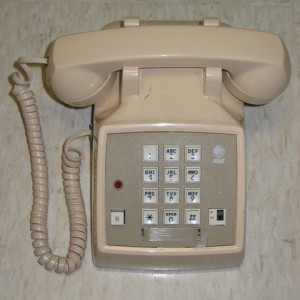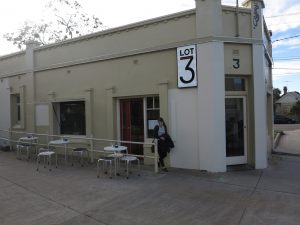
A neighbourhood to be targeted by competitive Internet service
I have followed a fair bit of information about independent ISPs and infrastructure providers are providing or facilitating a high-quality broadband service in to areas where established providers aren’t caring about the standard of broadband Internet service.
Firstly, I have observed situations that have happened in the UK where small-time ISPs have rolled out next-generation infrastructure in to rural areas typically provisioned with old and decrepit telephony infrastructure so that they can benefit from real broadband service. Some of these providers like B4RN are community-owned co-operatives where the local community even put a hand to the plough and help with laying the infrastructure.

Even a broadband rollout in one of these buildings by a competitive operator could see another competitive rollout
But in a lot of these situations, BT Openreach who is the incumbent infrastructure provider, have been forced to improve their game when it comes to rolling out the infrastructure in to rural areas.
Secondly, in urban and suburban areas, the situation may also require the existence of competitively-deployed infrastructure in order to assure proper coverage and access to next-generation broadband across these areas. This has happened in some Australian apartment blocks where TPG set up next-generation broadband in these buildings and this caused NBN to deploy their infrastructure in that building. The USA has also seen situations where the fact that a Google Fiber rollout was in the planning stage had “put the wind up” established “Baby Bell” telecommunications companies who then started rolling out next-generation broadband service in to the affected neighbourhoods.
This kind of competition can be approached in the form of “pits, poles and pipes” level where competitors legally have access to the same ductwork or poles or on a wires level where some of the fibre or copper wiring such as in-building wiring or street-to-building wiring can be used by competitors to provide their services.
The big question that will be raised from the success of these next-generation broadband rollouts where a competing service provider or infrastructure provider had established their footprint thus causing an incumbent service provider to roll out their infrastructure in to that area is whether this kind of rollout expedites the provisioning of this service or slows it down. This can be underscored where a small-time ISP, infrastructure provider, co-operative or developer undertakes this activity with a view to see full-area coverage with themselves wanting to reach out to neighbouring communities.
Some people would see this kind of competitive rollout as a form of “cherry-picking” where certain neighbourhoods are being provided with next-generation broadband while others aren’t even though entities based in that neighbourhood are instigating the coverage. On the other hand, the fact that a competing service is about to exist could be seen as a way to encourage the incumbent telco, ISP or infrastructure provider to get going and start rolling out broadband service in to the area covered by the competitor.
This behaviour may be seen when an operator starts work on a particular neighbourhood then rolls out the coverage to more of the surrounding neighbourhoods. They may also be tackling other neighbourhoods in a larger geographic area like a nation or a large urban area.
There is also the issue of whether a retail ISP could offer coverage across one or more competitively-laid infrastructures, which may be about assuring that they are accessible wherever a potential customer lives or works. Business users and potential data-centre builders may look at this in the context of implementing fail-safe Internet service to suit their needs.
Some issues that may be raised would include the number of people or businesses existing in an area to determine whether a competitive Internet service is sustainable and determining how much competition must exist in a particular area.
This situation has to be assessed whenever an area’s dynamics change. For example, an urban area becoming more dense may affect these dynamics as is a rural, regional or suburban area acquiring a significant source of employment or improved transport to a neighbouring urban area rich with employment or business opportunities.
In the latter situation, a significant employer or improved transport could attract more people living in the town and neighbouring towns along with more businesses and professionals servicing the town’s needs.
What really needs to be looked at is the possibility of area-specific rollouts as a way to increase the availability of real broadband in a town or other similar area. This is while a sustainable level of competition exists to assure households and businesses access to Internet service that represents real value for money.













![US Flag By Dbenbenn, Zscout370, Jacobolus, Indolences, Technion. [Public domain], via Wikimedia Commons](https://homenetworking01.info/wp-content/uploads/2014/08/Flag_of_the_United_States.svg_-300x157.png)